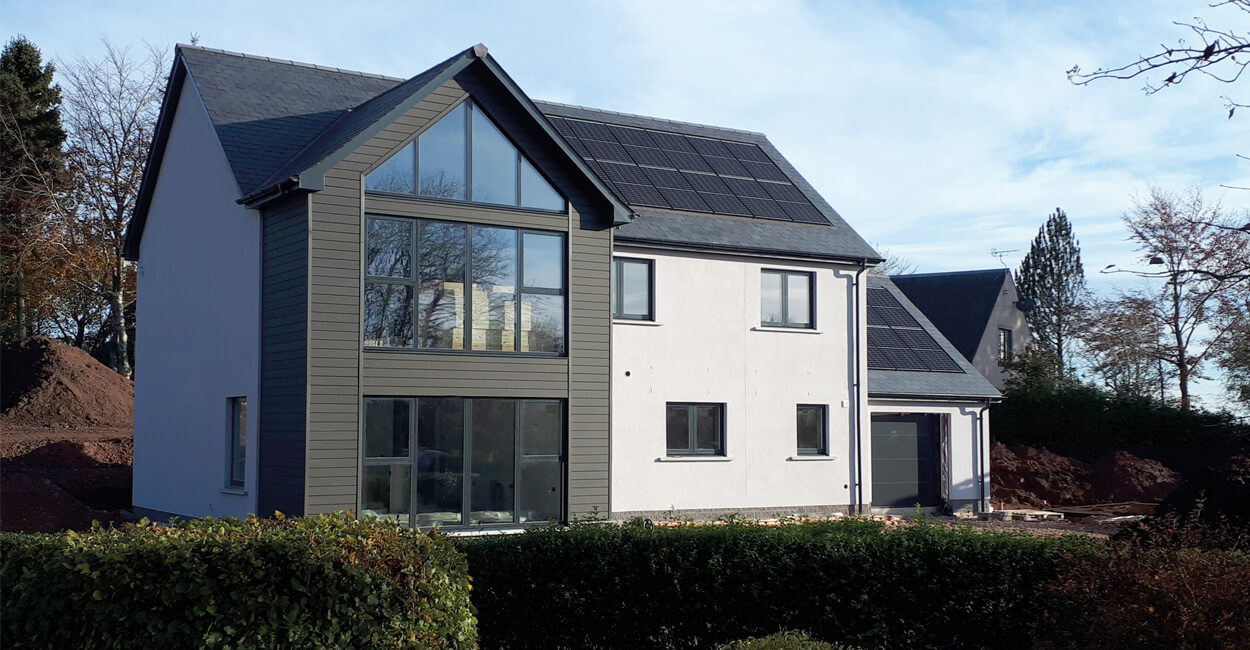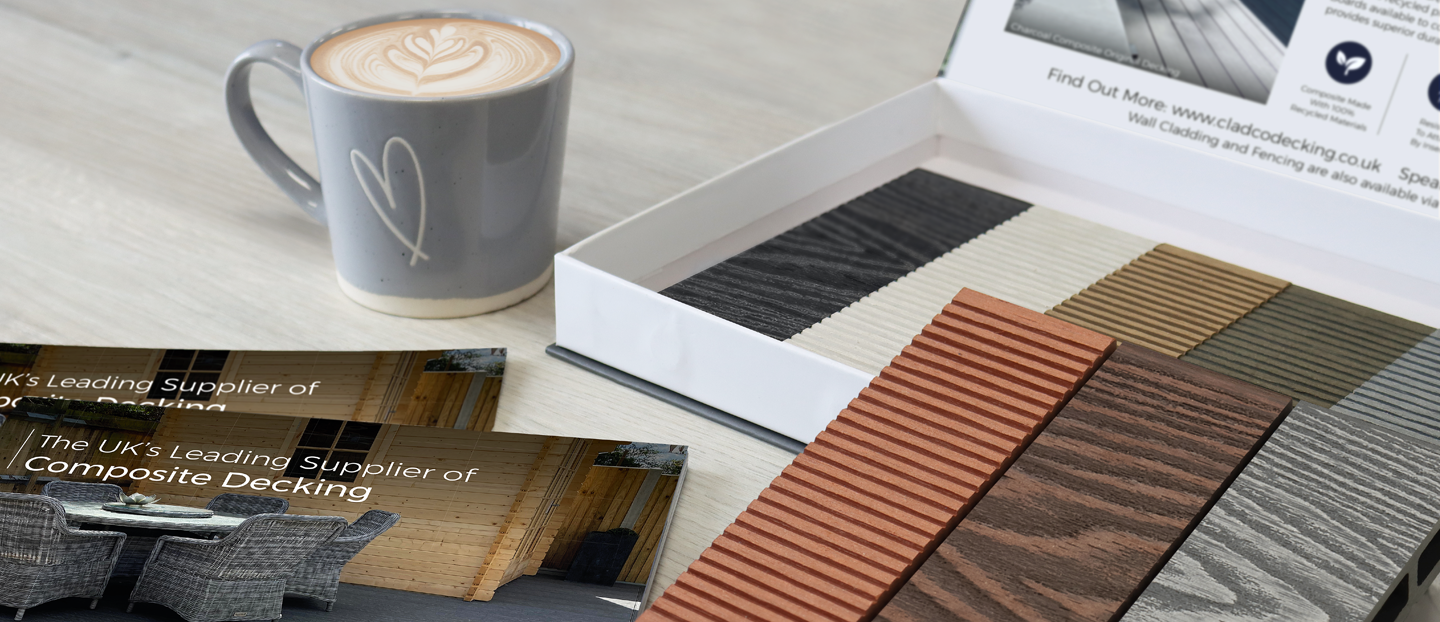If you’re looking to give your home a long-lasting, attractive exterior, external wall cladding has been a popular choice for years. Nowadays, there’s a wide range of materials to choose from, from traditional timber to modern composite cladding, so you might be asking yourself, which option is the best fit for your home?
Before making a decision, it is important to take into consideration the various key features that come into play with different cladding options, including total cost, durability, maintenance requirements and desired aesthetics. Wood cladding and composite cladding each have their own unique attributes and remain a very popular choice among most homeowners today.
In this article, we’ll compare these two materials to help you choose the best option for your home’s exterior walls.
Table of Contents
Timber cladding materials
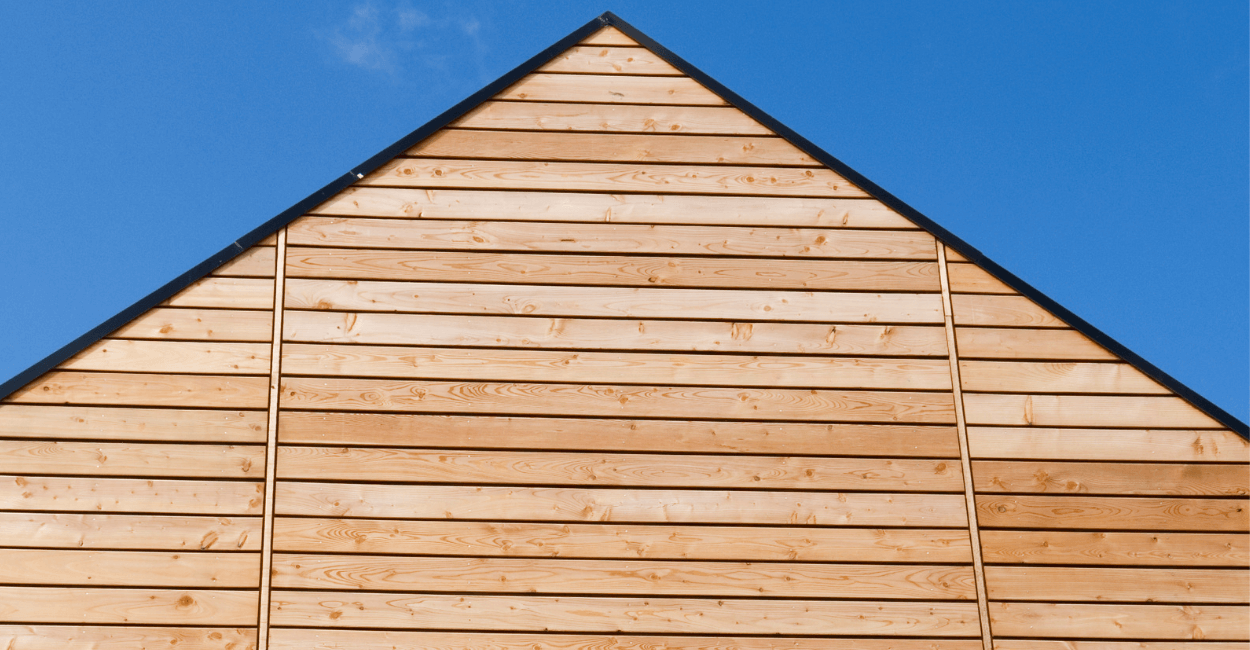
For real wooden cladding, the most suitable types of materials used are hardwood and softwood cladding, as well as pressure-treated timber, all of which contain only wood in their composition.
One of the great things about timber cladding is that every board is uniquely textured, with a different woodgrain look to the next, providing unique aesthetics where no two walls are the same once clad.
Calculate the cost, number of boards and fixings you may need using the Cladco Composite Cladding Calculator.
Composite cladding materials
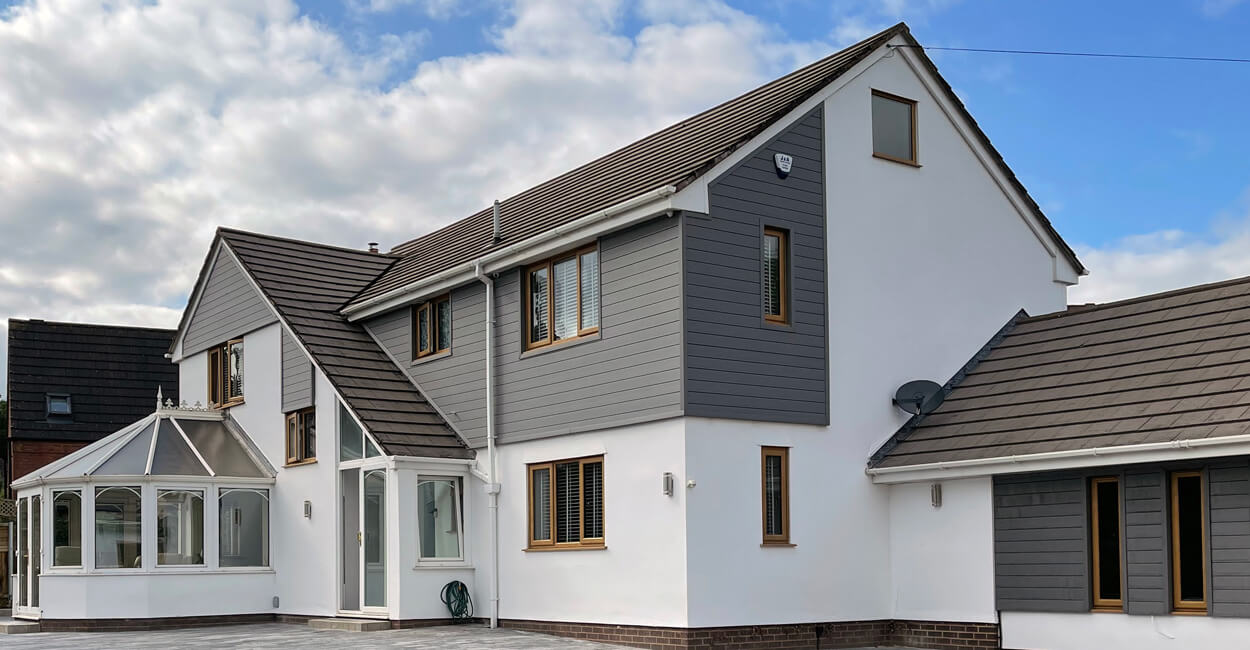
The composite cladding material is made up of a combination of different materials to provide additional strength and durability when compared to hardwood cladding. Composite is a semi-synthetic cladding material, with our Cladco Signature composite cladding and ProClad woodgrain composite wall cladding being made up of 60% recycled wood fibre and 40% recycled plastics.
Thanks to its blend of wood and plastic, composite cladding is available in a wide range of colours, with no need for sanding or varnishing. It also doesn’t require ongoing painting or treatment, helping to keep maintenance and labour costs low.
Things to consider when making a choice...
1. Cost
When it comes to cost, natural wood cladding is often the more budget-friendly option upfront. Timber is typically cheaper to source and manufacture, and installation costs are usually in line with standard building practices.
Composite cladding, on the other hand, can be more expensive initially due to the more complex manufacturing process. However, its long-lasting durability and minimal maintenance requirements can make it a more cost-effective choice over time, reducing the need for repairs, treatments, or repainting in the years to come.
2. Ease of installation
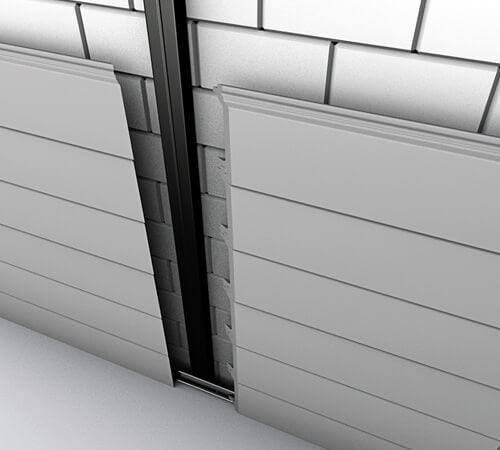
Composite
Composite cladding is quick and easy to install, with Cladco composite cladding boards being suitable for both vertical and horizontal installations using a simple tongue-and-groove technique.
Cladco Signature composite cladding boards measure 3.6m in length, 157mm in width, and 20mm in thickness, with each board weighing approximately 6.95kg. Their simple tongue and groove design allows for quick installation, with fixings neatly hidden between overlapping boards.
Our polymer-capped ProClad composite cladding boards share the same 3.6m length and 157mm width but are slightly thicker at 22mm. Despite this, each board is lighter than the Signature range, weighing around 6.15kg.
The capped composite slatted wall cladding panels are 2.5m long and 220mm wide, though when lapped, they have a visible width of 200mm. Each board is 26mm thick and weighs approximately 7.58kg.
Composite boards can be cut to size using standard woodworking tools and tend to produce less dust than traditional timber, thanks to the plastic elements in their construction. For more information, take a look at our easy-to-follow composite wall cladding installation guide.
We recommend using Cladco 4m composite battens, or 4.2m ‘type A’ timber battens, to form a supporting base if you are using Cladco composite wall cladding.
Timber
Real wood cladding can be messier and more difficult to cut to size ready for installation. The natural material of the wooden cladding boards can splinter and split if being cut and can warp and swell in environments with high moisture levels, such as areas prone to heavy rain, making installation timings and measurements tricky.
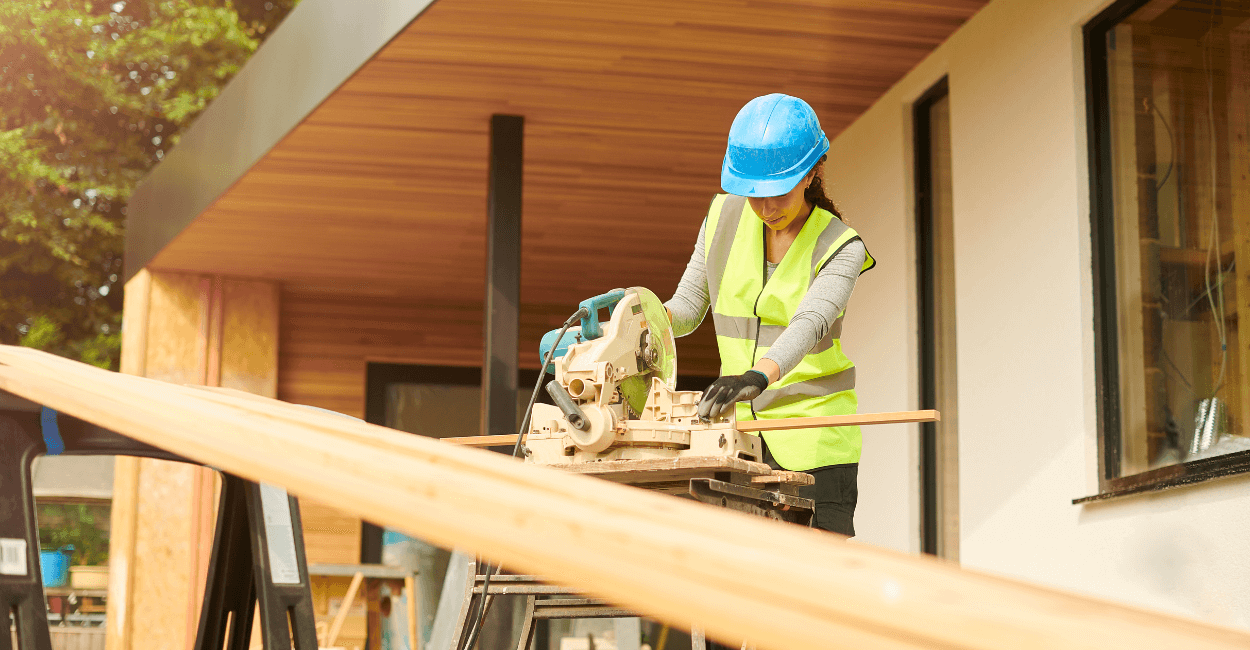
3. Maintenance
Composite
Composite cladding requires minimal maintenance, with no need to sand, varnish, seal or paint. Simply install the cladding and enjoy your revamped exterior for years to come. Composite boards are also insect and pest-resistant as the plastic elements within the boards naturally deter termites and woodworms alike.
Timber
The maintenance required for timber cladding, however, is much greater. Although weathered cladding can be seen as a classic look for older homes, wood boards are prone to moisture absorption, causing boards to rot and warp over time.
Wood cladding can also be prone to infestations of insects, which damage the structural integrity of the boards and require regular maintenance work, resulting in increased labour costs even after the boards have been installed.
4. Durability
Composite
This type of cladding is a highly durable material in comparison to wooden cladding. The combination of wood and plastic makes for a strong board that will not rot, warp or splinter over time. Cladco Signature composite cladding is guaranteed for 10 years and simply requires regular cleaning using a brush and soapy water to keep it looking brand new for longer. The ProClad cladding board comes with a 15-year warranty and, like Signature, only requires cleaning with soapy water to maintain its appearance. For best results, we recommend drying the boards with a soft cloth or towel after cleaning.
Timber
Wood cladding, especially if installed untreated, tends to warp in wet weather conditions due to moisture absorption. Exterior cladding is exposed to the elements, so this is a factor that is especially important to consider if you live in a rainy climate and do not have the time or budget to invest in the regular treatment of the wood.
As well as this, due to timber cladding being a flammable material, this type of wall cladding is not fire-rated and can be hazardous when installed on a building. The only wall cladding material that is truly fire-resistant is aluminium cladding, which, unfortunately, can have an industrial aesthetic and isn't necessarily suited to domestic properties.
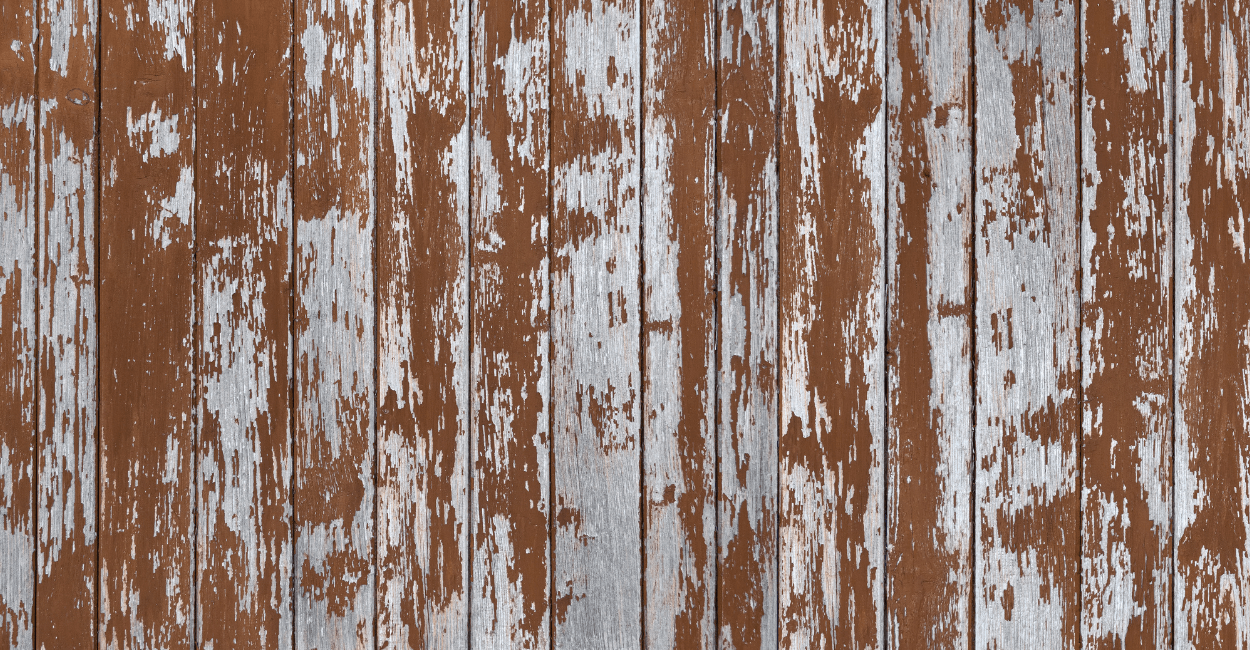
5. Aesthetic appeal
Composite
Installing composite cladding to the exterior of your home is an instant way to create a contemporary exterior. Unlike wood cladding, there is no need to paint boards to achieve your desired finish or colour.
The Signature composite cladding range features two cladding designs, with an original board, which has a smooth, contemporary finish, and a woodgrain effect board, ideal for recreating the natural charm of natural wood without the upkeep of the real thing. The Signature composite cladding boards are available in eight stylish colours, from natural teak and ivory tones to more muted shades of stone grey and charcoal.
The ProClad cladding board range showcases an authentic woodgrain effect design and is available in seven elegant hues, including rosewood, pewter, and sandstone.
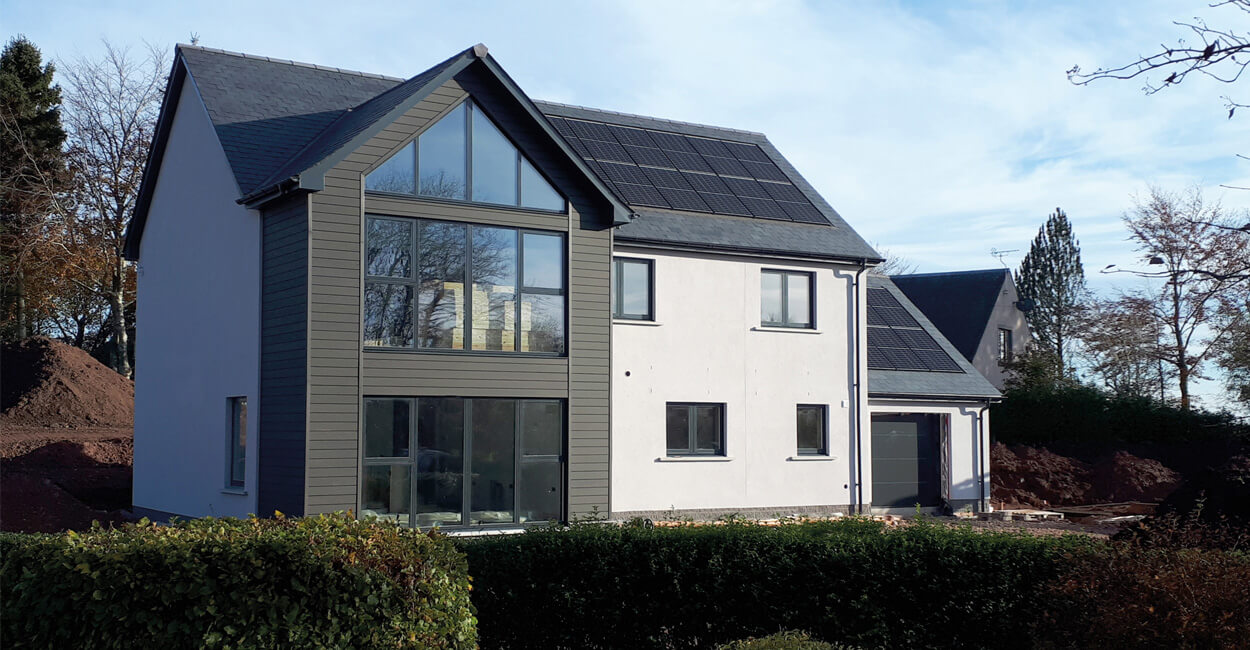
Timber
Wood cladding, on the other hand, is the best way to achieve a traditional and welcoming exterior thanks to its natural texture and warm wood-like tones. Softwood cladding, especially when installed in a slatted manner, is a great way to recreate a Scandinavian aesthetic in your home and can be painted or varnished to create the desired aesthetic.
6. Environmental impact
Cladco's composite cladding products are a more environmentally friendly cladding option due to the 60% recycled hardwood fibres and 40% recycled plastics that make up the boards.
The recycled hardwood fibres within our composite cladding boards are sourced from FSC® accredited forests, helping to minimise environmental impact, whilst the recycled plastics are a fantastic way to minimise unnecessary plastic waste.
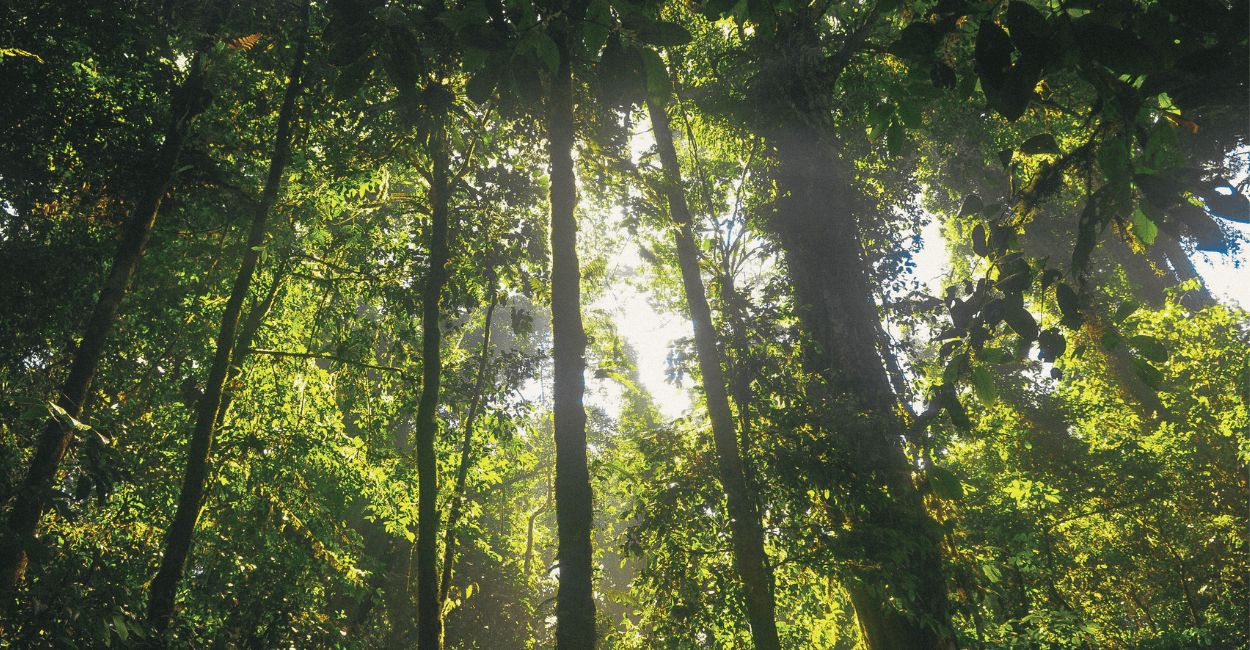
Comparison Table
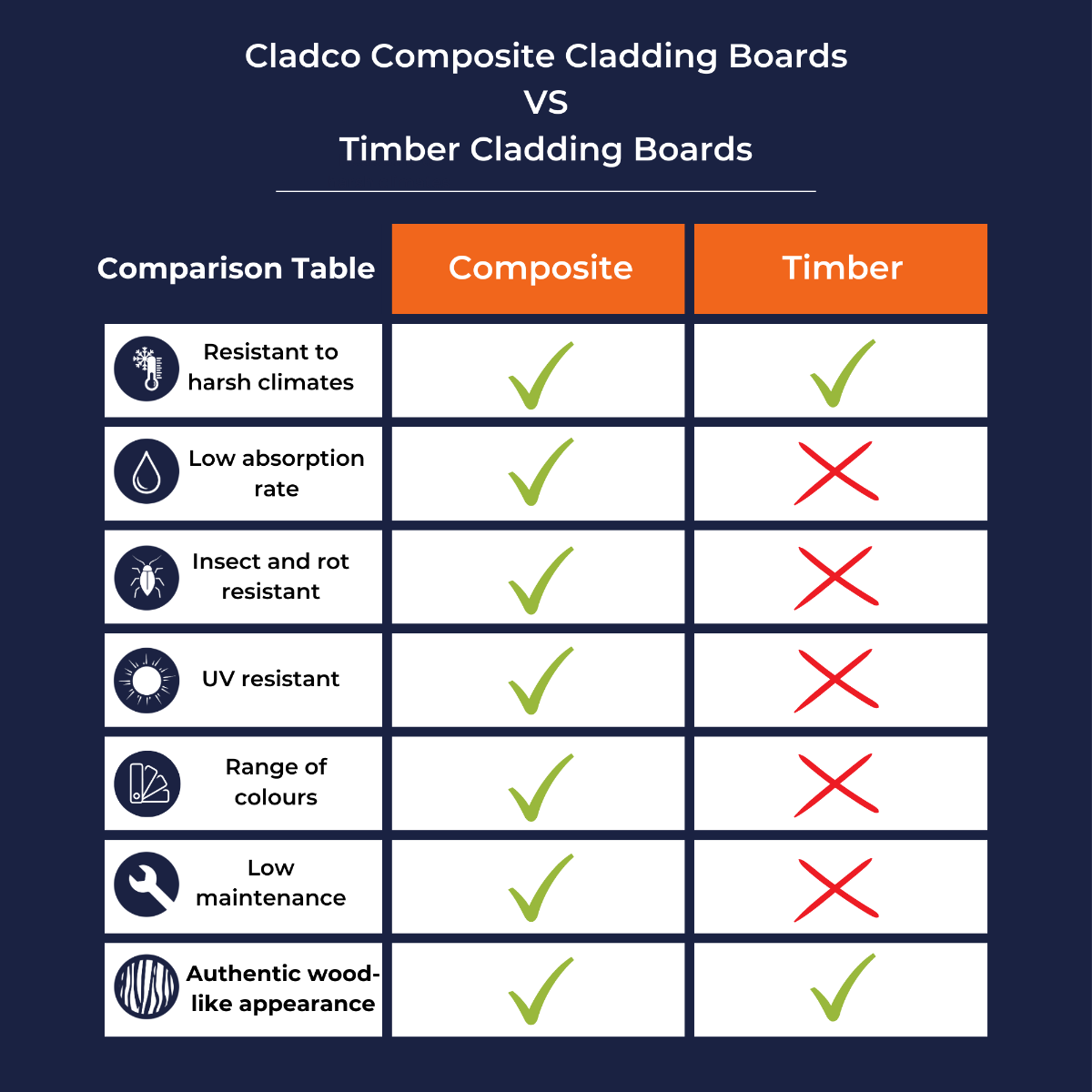
Conclusions:
The cladding material you choose for your exterior walls doesn’t just add an extra layer of protection, it can also transform the overall look and feel of your home.
When deciding on the right product, consider more than just the upfront cost. Think about installation and long-term maintenance costs, how durable the material is once fitted, and the style you want to achieve, whether that’s contemporary or more traditional.
For more information about Cladco composite wall cladding, including installation techniques and general advice, give our helpful sales team a call on 01837 659901
Last Updated: September 24, 2025
Please note all information is correct at the time of writing. However, we encourage you to do your own research to ensure it remains accurate and relevant to your needs.


